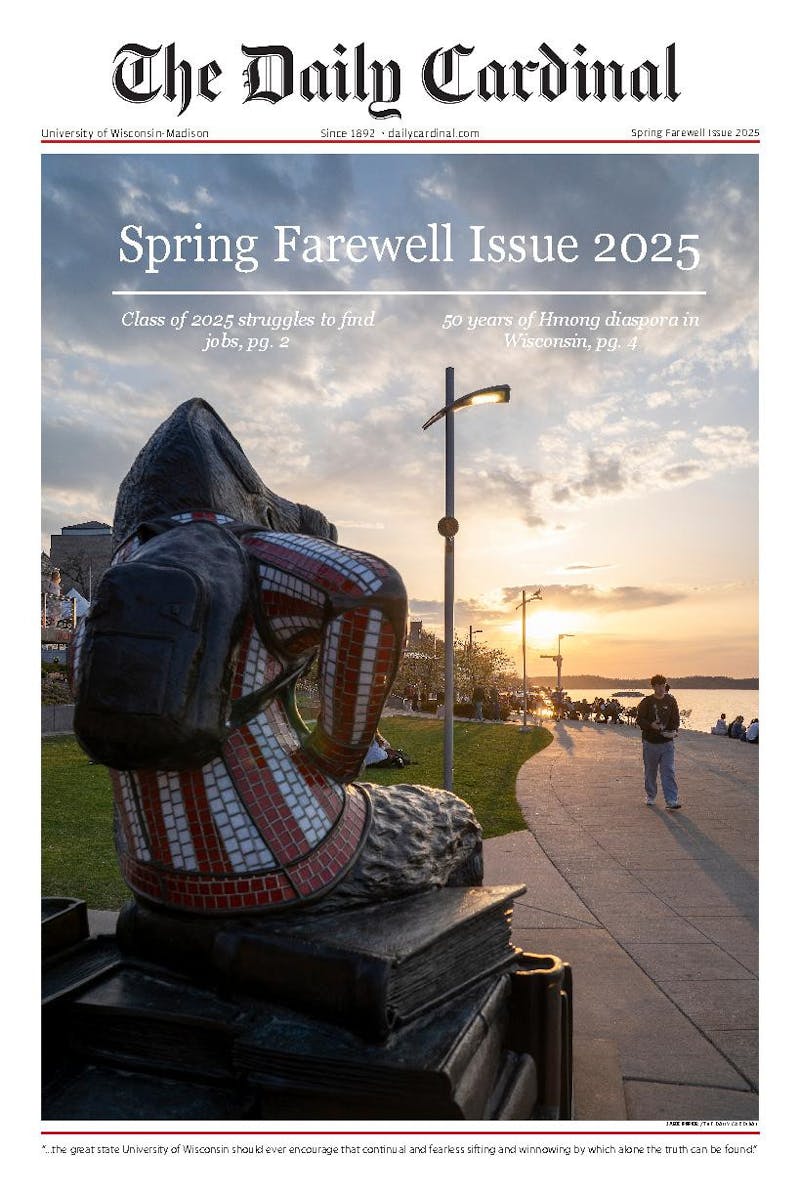Dead men tell no tales. As it turns out, though, their teeth might.
Chemicals found in the teeth of the crew of Christopher Columbus' 1492 voyage to America may reveal new insights about their origins, according to scientists at the University of Wisconsin-Madison in a recent study.
Evidence found in the remains at the crew's burial site in La Isabela, Dominican Republic, suggests crew members previously thought to be exclusively of European or Hispanic origin may also have included Africans.
[It is] not definitive that these crew members were of African origin, but evidence suggests that it is likely,"" said James Burton, a scientist in the departments of zoology and anthropology at UW-Madison.
UW-Madison anthropology professor Douglas Price leads the project in collaboration with James Burton and professor Vara Tiesler of the Autonomous University of the Yucatan in Mexico.
They examined isotopes of carbon molecules, nitrogen and a chemical called strontium in the teeth of the crew's remains because these easily detected chemicals are also found in food and soil nutrients, and can determine highly precise childhood diet and geographical information.
""What you eat as a baby gets incorporated permanently into your enamel, because enamel is only formed once using the nutrients eaten during childhood, so examining enamel is like getting a sneak peek at the person's diet,"" Burton said.
""Nutrients in the soil that enter into the food chain also leave a permanent footprint in the enamel,"" he added.
The group found that the carbon, nitrogen and strontium isotopes from the teeth of some of the crew most closely resemble soil and diet types only found in Africa.
Bones and teeth are among the hardest substances in the body because of calcium deposits, and can remain intact for thousands of years after death.
But while bones only tell the story of the shape and size of the skeleton, teeth reveal more critical information.
The soil type of a place depends on the type of bedrock and remains the same for thousands of years. Soil types differ significantly between continents, and differences are easily identifiable among Europe, America and Africa today.
The research group plans to study the dental modification and skeletal shape of the bodies of the crew next to further confirm its current findings.
""It is an exciting discovery because it links us to the voyagers who discovered America, and their places of origin will have a socio-cultural impact on society,"" Burton said.





